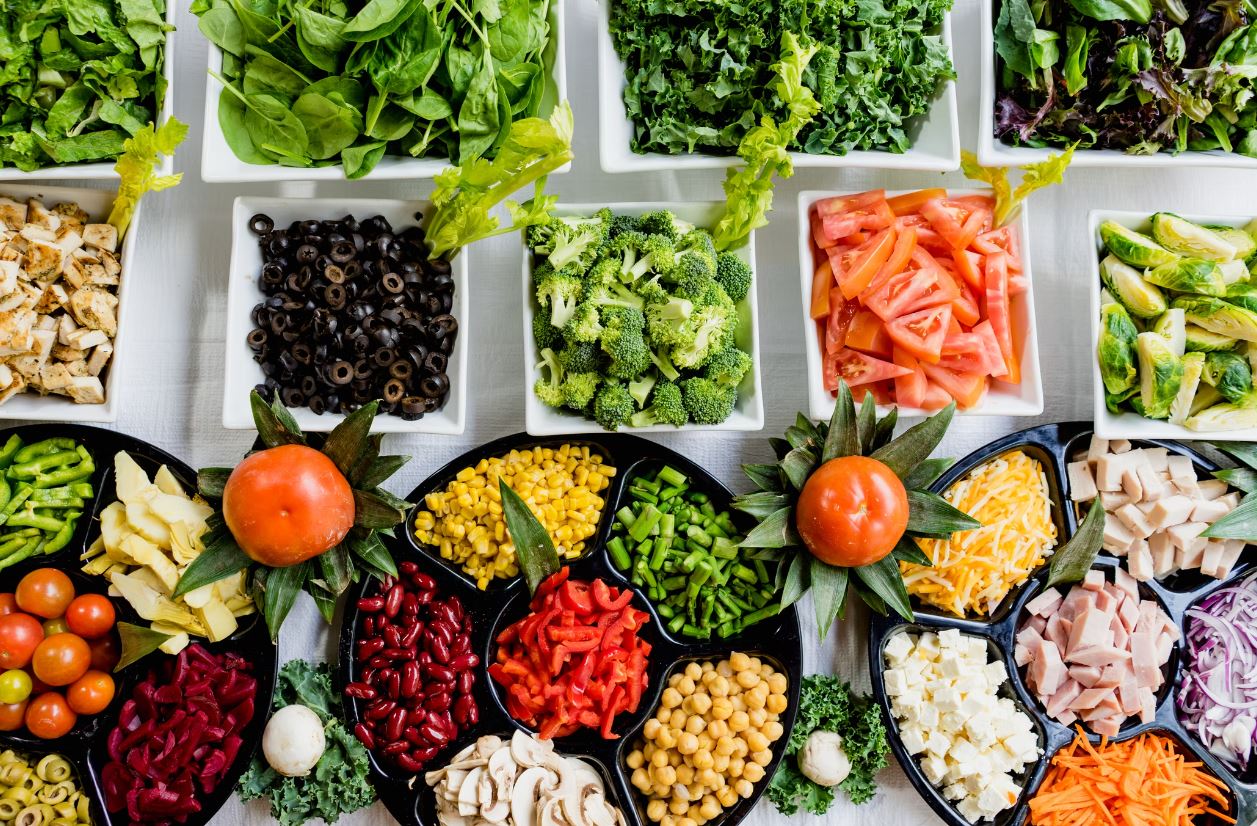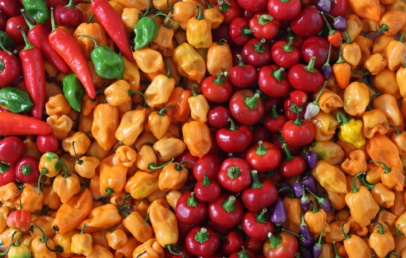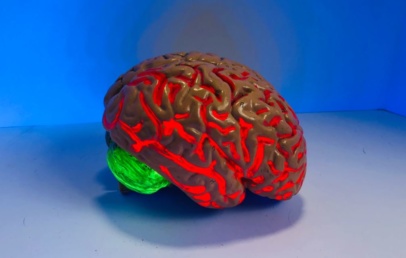
It’s not just a package decoration, y’know.
“Read the nutrition label” sounds like an exceptionally obvious statement, right? It’s on packaged food for your benefit, and if there’s something you want to know about that food, it’s right there at your service. But a lot of folks don’t take the time to read the entire nutrition label before they eat something. We’re all busy people, not everyone has the time, I get that. But because so many of us don’t bother to read the label, the art of actually reading it has become a tad obtuse. As a quick refresher course, here’s what the different parts of a nutrition label are trying to tell you, and how you should actually interpret them.
The top part of the block shows you the serving size, usually in a simple measurement like cups or individual packages, as well as how many servings you can expect to find in that particular packaging. Now we all have different bodily needs, some of us are hungrier than others, so we eat a little more than the serving size. The purpose of the serving size isn’t to guilt you into following the directions on the box, it’s just to help keep you informed on what you’re actually putting into your body.
This brings us to the bottom of the block, which lists all of the food’s nutritional components, how much of them are precisely present, and how much of a typical adult diet those amounts account for. I know nobody likes doing math before lunch, but if you’re on a diet or otherwise monitoring your intake of particular nutrients, it’s helpful to know how much nutrition you’re getting from that serving. Also, if you go beyond the single serving size, you can do some quick math to determine how much more stuff you’re getting.
Like I said, you have your own bodily needs, and you should heed them. If you’re still hungry, eat. Just be aware of how much of a particular nutrient or chemical is going into your body. It can be a very helpful statistic to have when you’re building a profile of your health.




